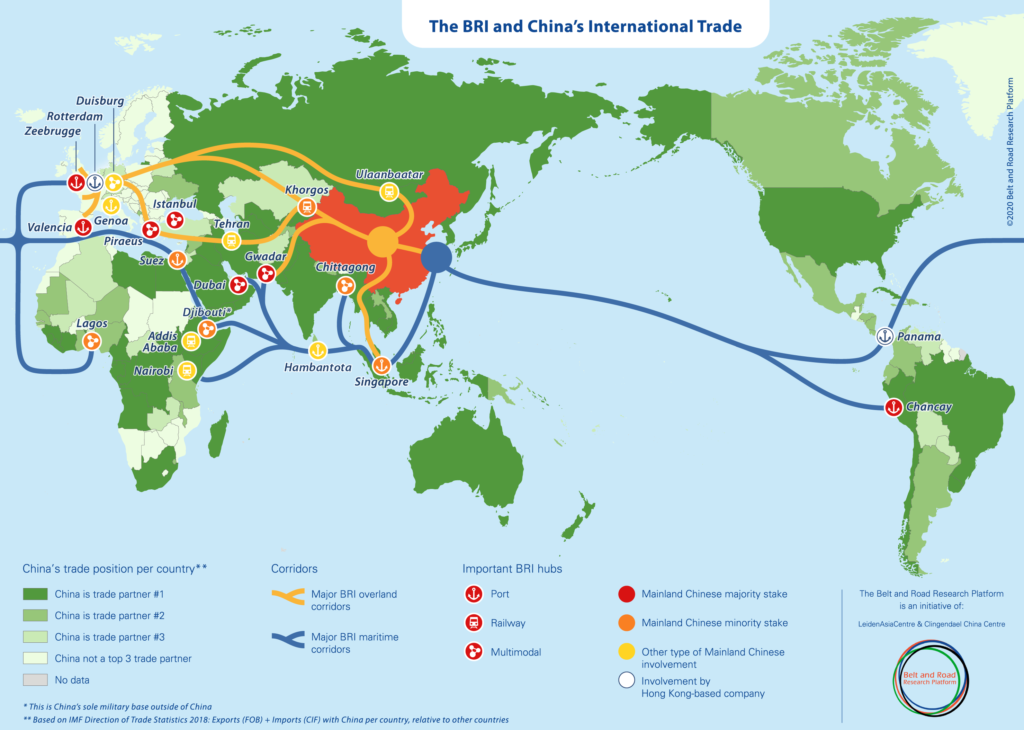China's trade with countries participating in its Belt and Road Initiative (BRI) has seen a strong start in 2024, exceeding $663 billion in the first quarter. This figure, representing a 5.5% increase compared to the same period last year, highlights the continued growth of the ambitious infrastructure and development program.
The news was delivered by Yang Tao, Director-General of the Comprehensive Department of China's Ministry of Commerce (MOFCOM), during a press briefing in Beijing. Yang emphasized the "high-quality development" BRI has achieved in the first quarter, pointing to four key areas of progress.
Firstly, the total import and export volume between China and BRI nations surpassed the national average growth rate for foreign trade. This indicates that trade along the BRI corridor is expanding faster than China's overall commercial activity. Significantly, BRI trade now accounts for nearly half (47.4%) of China's total foreign trade value.
Secondly, Yang highlighted an "enrichment of cooperation" within the BRI framework. This suggests a diversification of trade partnerships and potentially the inclusion of new sectors beyond traditional goods exchange.
Thirdly, Yang noted a "drastic rise in investment" related to BRI projects. This could signal increased confidence from Chinese companies and financial institutions in BRI ventures, leading to a potential acceleration of infrastructure development and economic activity along the trade routes.
Finally, Yang emphasized the BRI's commitment to "green stewardship." This suggests an ongoing focus on environmentally sustainable practices within BRI projects, which has been a growing point of concern for participating nations.
The robust trade figures come amidst ongoing discussions about the transparency and sustainability of BRI projects. Critics have raised concerns about mounting debt burdens for some participating countries and the environmental impact of large-scale infrastructure development.
Chinese officials, however, maintain that the BRI is a mutually beneficial initiative that fosters economic growth and regional connectivity. The strong trade performance in the first quarter appears to support this claim, at least in terms of increased commercial activity.
While the long-term success of the BRI hinges on addressing concerns about debt and environmental impact, the initial trade figures indicate that the initiative continues to be a significant driver of economic activity for China and its BRI partners.

